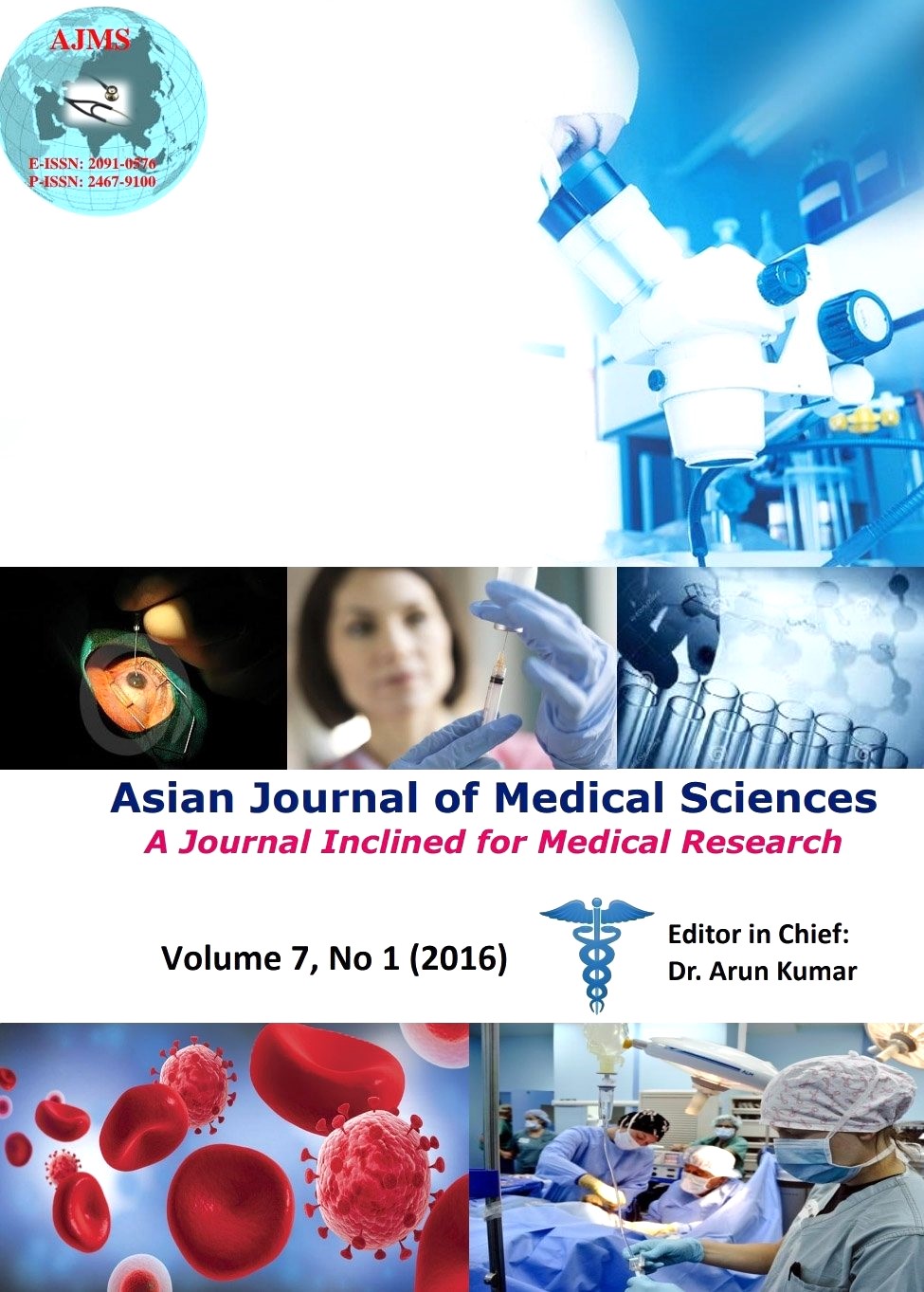Pattern of ABO and Rhesus blood group distribution among students of Ebonyi State University, Abakaliki, South Eastern Nigeria
Keywords:
ABO and Rhesus blood group, university students, NigeriaAbstract
Aims and Objectives: The objective of this study is to have information on the distribution of ABO and Rhesus blood group among the students so as to determine the need for routine screening for hemolysin among blood group O, if found to be high, as well as to institute blood donor registry for Rhesus negative blood, if found to be low.
Materials and Methods:This was a retrospective study and record of ABO and Rhesus blood group results of students screened between May 2010 and April 2011 was obtained from the University medical centre. Data was analyzed using Epi info software, version 3.5.4. Descriptive statistics were used to compute percentages and averages. Results were presented in tables and charts and expressed as percentages/proportions, mean and standard deviation.
Results: Three thousand, two hundred and eighty three results were obtained, made up of 1749 males and 1534 females with the ratio of 1.1:1. The age of the students ranged between 16 and 47 years with mean age of 22 ± 5years. Among the population studied, blood group O has the highest percentage (57.7%), followed by group A (22.1%), then B (18.1%), while AB has the least percentage (2.1%). Most of the students were found to be Rhesus positive (95.8%), while Rhesus negative was 4.2%.
Conclusion: Blood group O was found to be highest among the study population, followed by A, B and AB in that order. Most of the students were found to be Rhesus positive while only a minority were Rhesus negative. Routine screening for hemolysin among blood group O and institution of blood donor registry is recommended.
Asian Journal of Medical Sciences Vol.7(1) 2015 101-104
Downloads
Downloads
Published
How to Cite
Issue
Section
License
Authors who publish with this journal agree to the following terms:
- The journal holds copyright and publishes the work under a Creative Commons CC-BY-NC license that permits use, distribution and reprduction in any medium, provided the original work is properly cited and is not used for commercial purposes. The journal should be recognised as the original publisher of this work.
- Authors are able to enter into separate, additional contractual arrangements for the non-exclusive distribution of the journal's published version of the work (e.g., post it to an institutional repository or publish it in a book), with an acknowledgement of its initial publication in this journal.
- Authors are permitted and encouraged to post their work online (e.g., in institutional repositories or on their website) prior to and during the submission process, as it can lead to productive exchanges, as well as earlier and greater citation of published work (See The Effect of Open Access).




